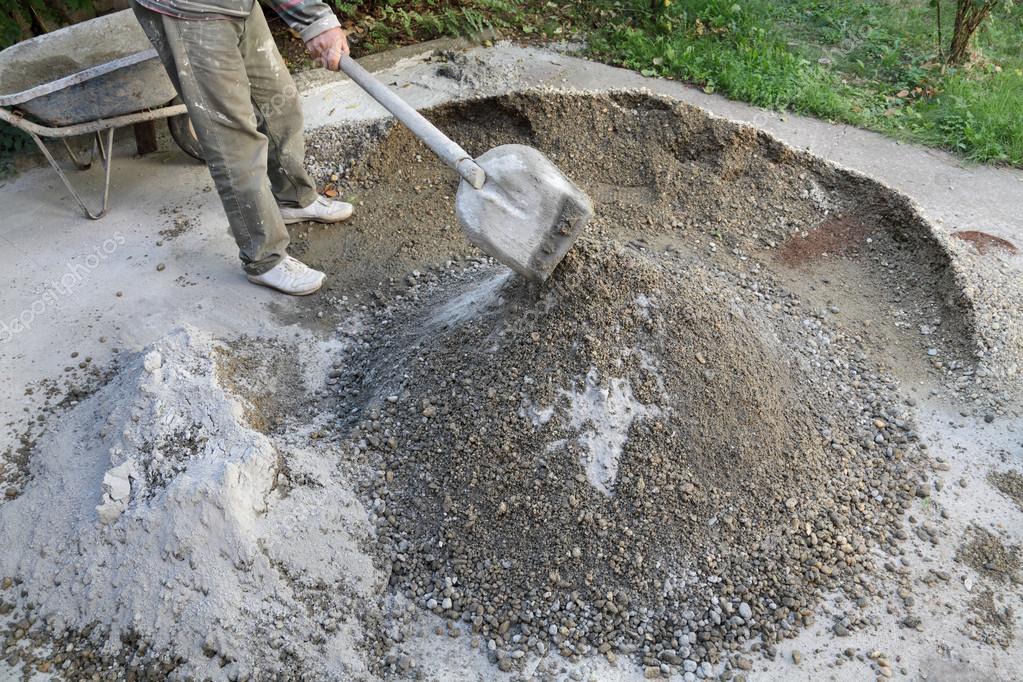
Salt-scaling durability of fly ash concrete
Fly ash is a by-product of coal-fired power plants. This material can be used as a partial cement substitute in portland cement concrete. Use of fly ash can improve concrete durability as well as utilize an industrial by-product that would otherwise be discarded in landfills. However, research on fly ash concrete has shown that in some cases, concrete with high volumes of fly ash can have deicer salt scaling problems. Salt-scaling is the flaking of a concrete surface that when severe enough may result in lower skid resistance and service life of the concrete.
In this study, concrete mixtures with six different fly ashes were tested in a laboratory using the ASTM C 672 standard. Curing compound, a wax-based coating sprayed on the fresh concrete surface to reduce evaporation, was used to compare the effects of curing on salt scaling of concrete containing high volumes of fly ash. Different variables measured were the type of fly ash, curing conditions, and total paste volume included in the mix.
Results showed that curing compounds will improve the salt-scaling resistance of concrete containing a fly ash that only marginally exhibits salt scaling. However, the salt-scaling performance of concrete that contains fly ash from a source that performs poorly in ASTM C 672 is not markedly improved by using a curing compound. Additionally, results showed that salt-scaling resistance of concrete containing fly ash performs better when the total paste volume is not increased by the addition of fly ash to the mixture.
The Kansas Outdoor Concrete Exposure Site (KOCE) at the Kansas State University Civil Infrastructure Systems Laboratory (CISL) was constructed to compare laboratory results to actual field conditions in the future. The site was developed based on experiences from the University of Texas-Austin outdoor exposure site and the CANMET exposure site in Ottawa, Canada. Alika silica reaction blocks were made to develop the procedure for future concrete durability testing at KOCE.
Read More : Click Here
Courtesy By : krex.k-state.edu
- Blog
- April 10, 2020




